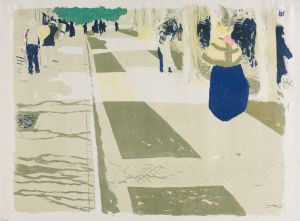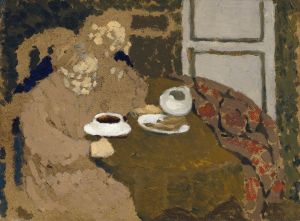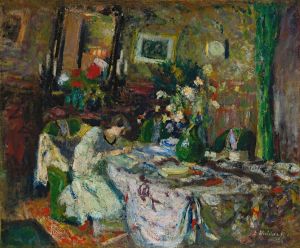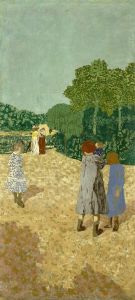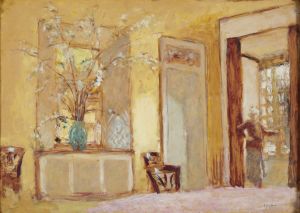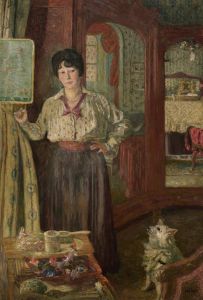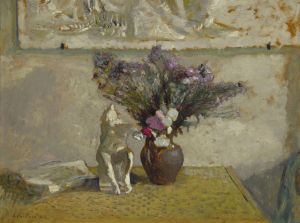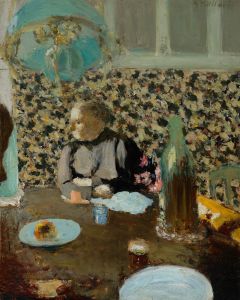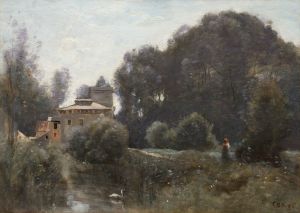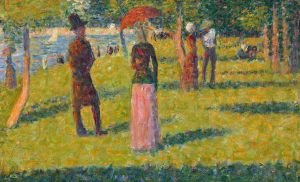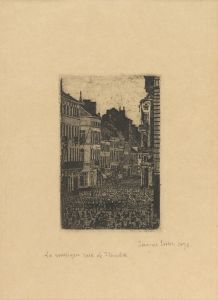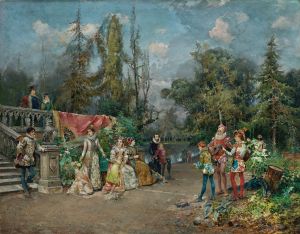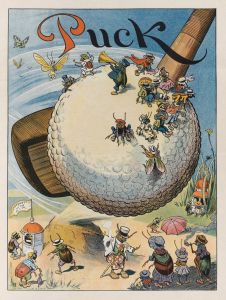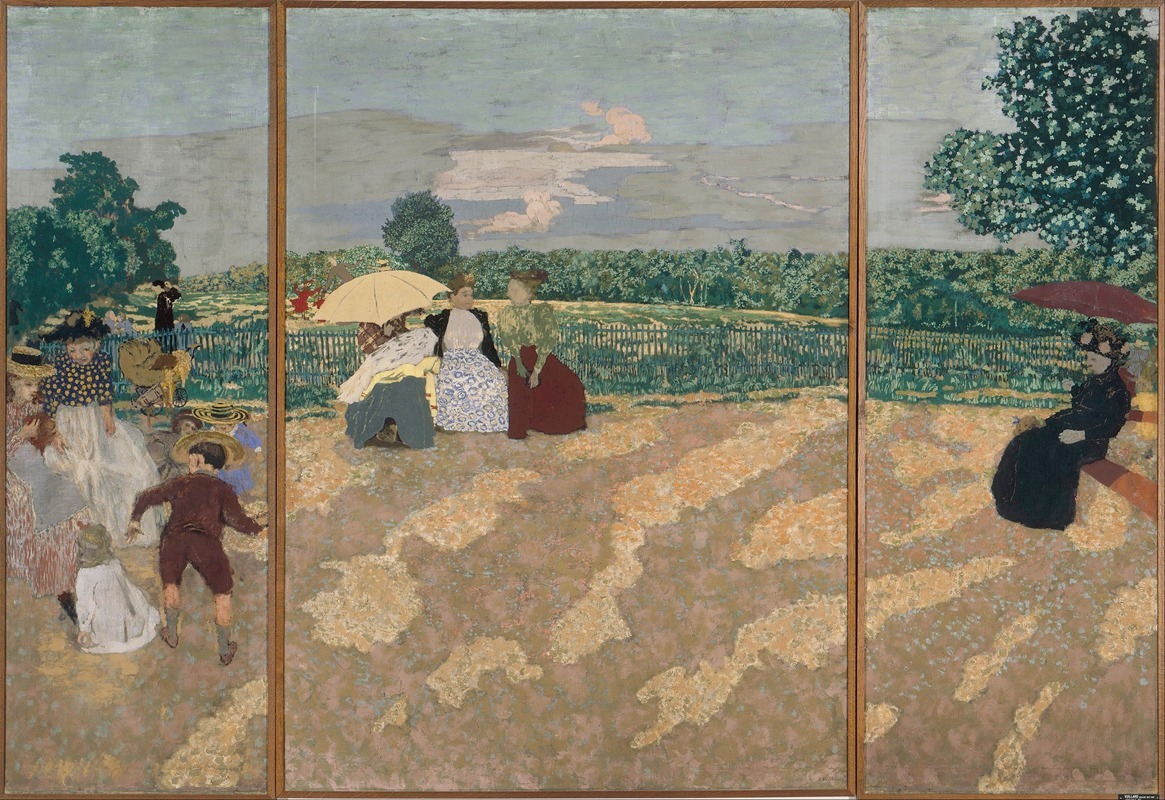
Public Gardens
A hand-painted replica of Édouard Vuillard’s masterpiece Public Gardens, meticulously crafted by professional artists to capture the true essence of the original. Each piece is created with museum-quality canvas and rare mineral pigments, carefully painted by experienced artists with delicate brushstrokes and rich, layered colors to perfectly recreate the texture of the original artwork. Unlike machine-printed reproductions, this hand-painted version brings the painting to life, infused with the artist’s emotions and skill in every stroke. Whether for personal collection or home decoration, it instantly elevates the artistic atmosphere of any space.
Édouard Vuillard's Public Gardens is a notable painting created in 1894. Vuillard, a French painter and a prominent member of the Nabi group, is known for his intimate domestic interiors and innovative use of color and pattern. Public Gardens is a significant example of his early work, showcasing his distinctive style and his interest in capturing the interplay of figures, nature, and decorative elements.
The painting is part of a series of decorative panels commissioned by the art collector and industrialist Alexandre Natanson, a key patron of Vuillard and a supporter of the Nabi movement. Natanson was also one of the founders of the influential literary and artistic journal La Revue Blanche. The panels were intended to decorate the dining room of Natanson's Parisian home, reflecting the late 19th-century trend of integrating fine art into interior design.
Public Gardens depicts a scene in a park, with figures—primarily women and children—engaged in leisurely activities. The composition is characterized by its flattened perspective, bold use of color, and intricate patterns, which are hallmarks of Vuillard's Nabi style. The painting blurs the boundaries between the figures and their surroundings, creating a harmonious and decorative effect. Vuillard's approach reflects the influence of Japanese prints, which were highly admired by the Nabis, as well as the broader Symbolist movement's emphasis on mood and emotion over strict realism.
The work is notable for its synthesis of fine art and decorative art, embodying the Nabi ideal of art as an integral part of everyday life. Vuillard's use of muted tones and subtle textures contributes to the painting's intimate and contemplative atmosphere. The figures in the scene are not individualized but rather serve as elements within the overall composition, emphasizing the unity of the artwork.
Today, Public Gardens is regarded as an important example of Vuillard's early decorative work and his contributions to the Nabi movement. The painting is held in the collection of the Musée d'Orsay in Paris, where it is displayed alongside other works by Vuillard and his contemporaries. It continues to be celebrated for its innovative approach to composition and its role in the development of modern art at the turn of the 20th century.





